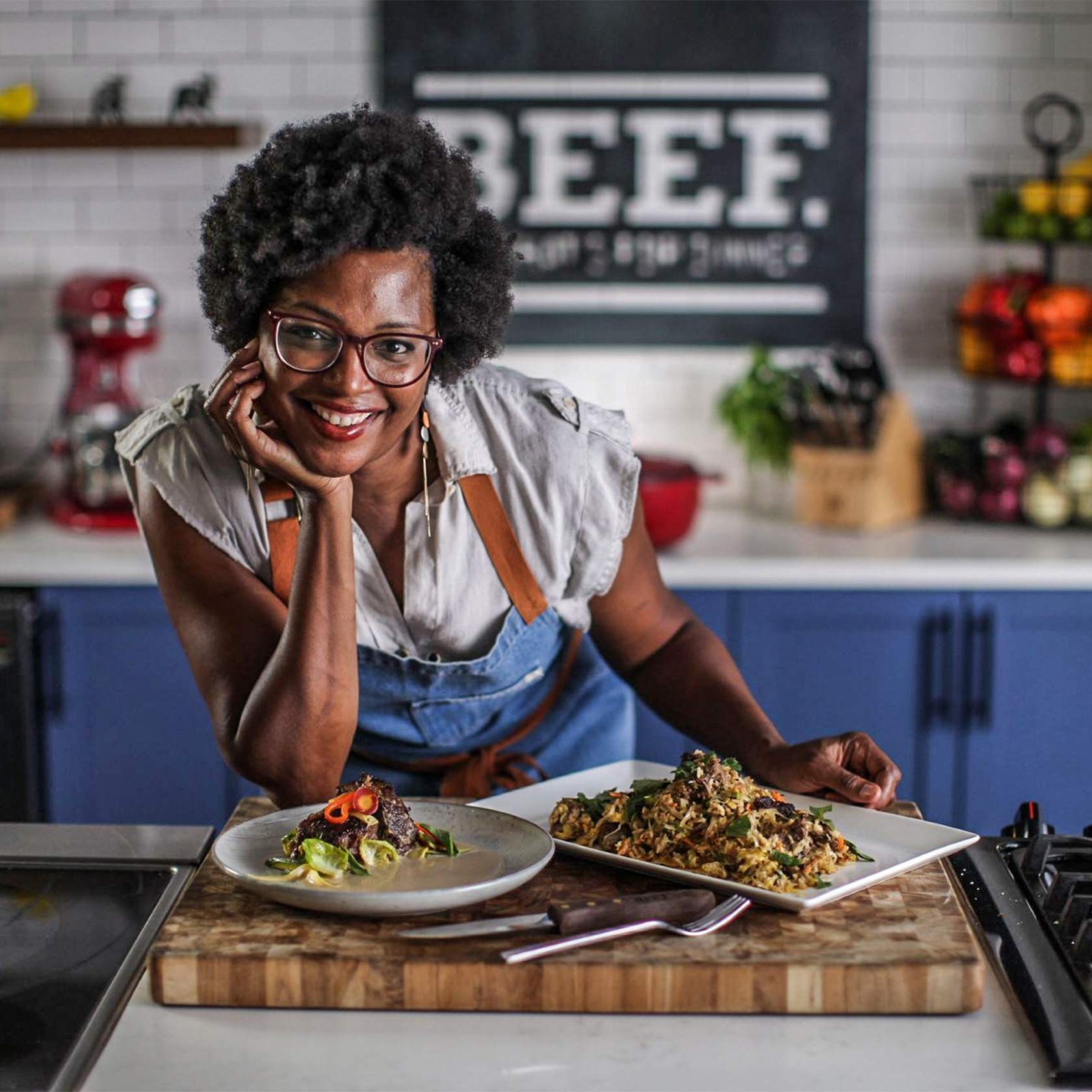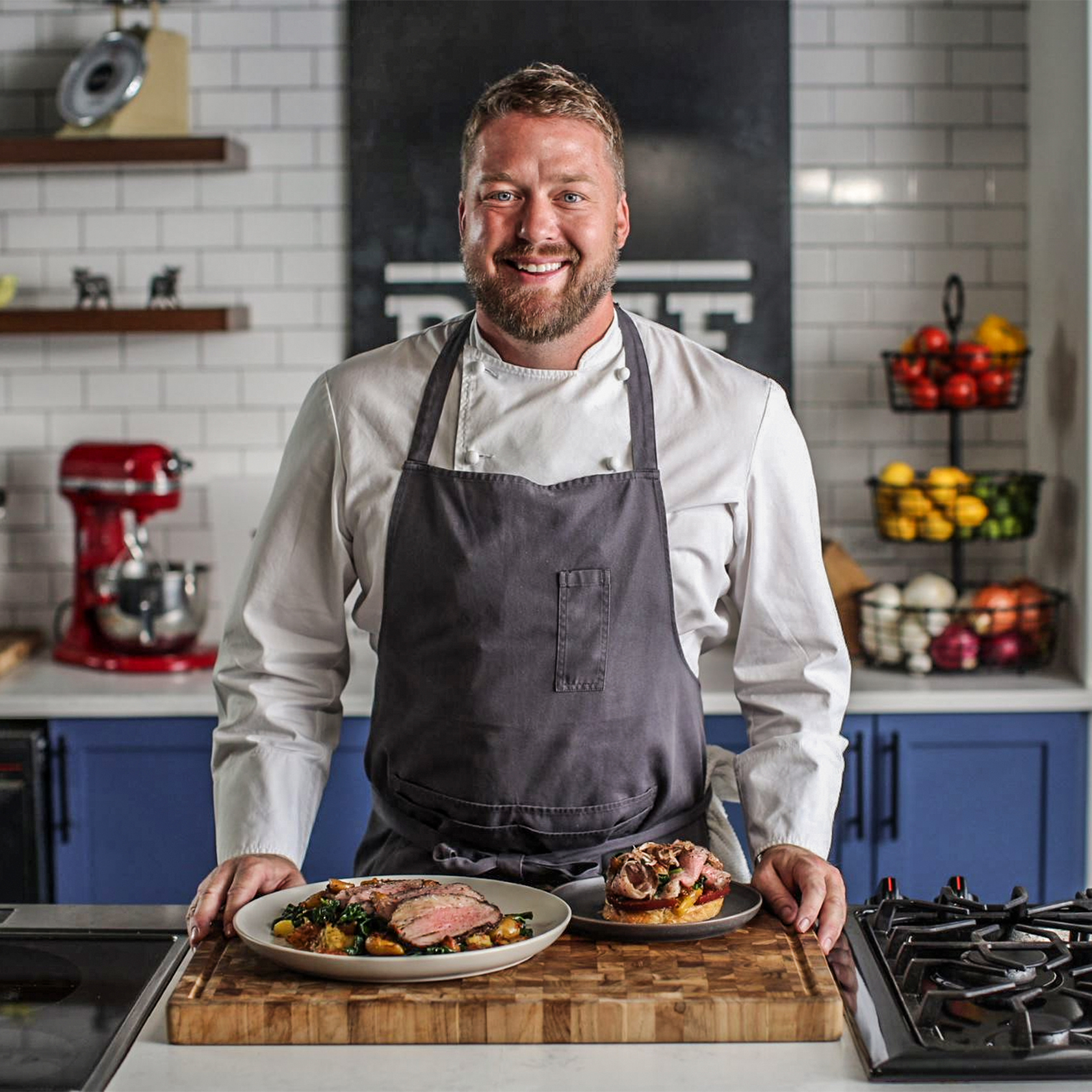The Beef Checkoff’s Urban Push in the Northeast
New York City, Washington D.C., Boston, Philadelphia and Hartford are among the major metropolitan cities in the Northeast. Home to nearly 74 million consumers with people outnumbering cattle 16:1, this area, extends from Maine to Virginia. Less than 2.7 percent of total Beef Checkoff assessments are collected within the region, and six of the 12 states do not have a local State Beef Council. So, how does the Beef Checkoff extend beef promotion into the heavily populated Northeast region with limited State Beef Council support? Enter the Northeast Beef Promotion Initiative (NEBPI) as the key to amplifying beef’s presence.
PROGRAM HISTORY
As a subcontractor through Beef Checkoff contractor Meat Import Council of America (MICA), NEBPI is housed within the Pennsylvania Beef Council and builds beef demand in the Northeast metros, covering Connecticut, Delaware, District of Columbia, Maine, Maryland, Massachusetts, New Hampshire, New Jersey, New York, Pennsylvania, Rhode Island, Vermont, Virginia and West Virginia, through supply chain engagement, consumer outreach and work with nutrition experts.
In the early 2000s, the gap between limited Beef Checkoff dollar resources and a growing population of consumers in the Northeast became apparent, creating a clear opportunity to channel nationally collected Beef Checkoff dollars into this region. Here’s how the program got started and evolved throughout the years:
2004: Representatives from various Qualified State Beef Councils (QSBC) and industry organizations in the Northeast joined to discuss the opportunity to initiate a program specifically designed to channel national Beef Checkoff resources to that region.
2005: The first funding was awarded by the Beef Promotion Operating Committee (BPOC).
2012: The first QSBC funding partner invested additional dollars for regional programming efforts.
2015: Additional QSBC partners gathered resources together to further the impact of programming.
2024: During the nineteenth consecutive year executing programming, NEBPI continues to share return-on-investment numbers with six QSBC funding partners and works to meet the needs for beef promotion and education in the Northeast.
CORE PROGRAM AREAS
1. Connecting with Supply Chain Experts
As the go-to resource for all things beef on the menu and in the meat case, NEBPI collaborates with Northeast retail and foodservice partners. By building relationships with culinary schools, retail and foodservice professionals, e-commerce companies, and by partnering on regional beef campaigns, such as mobile pre-shopping apps, NEBPI ensures a positive beef purchasing experience and drives beef sales.
2. Executing Consumer Outreach
Bridging the gap between Northeast consumers and valuable beef resources, NEBPI highlights beef’s flavor, nutrient density, versatility and the integrity of cattle producers. NEBPI aims to reach and engage with metro consumers through Beef Checkoff-funded digital campaigns and in-person events, with an increased focus on high school and collegiate athletics.
3. Engaging with Influential Nutrition Experts
To empower health professionals with evidence-based nutrition science, NEBPI builds connections with health professionals and educators, helping them feel confident when recommending beef within their circles of influence. NEBPI grows relationships with key health professionals by hosting qualified speakers to share the science behind beef’s nutritional profile. NEBPI also coordinates engaging immersion events to drive home key beef nutrition messages.
CONSUMER INSIGHTS
To successfully execute the core program areas, NEBPI must first understand the Northeast consumer and their buying habits. In 2023, the Northeast Dashboard Survey1 revealed important information about the Northeast consumer. Here are key findings for the region:
Key Findings:
1. Consumers in the Northeast are actively eating beef, with most
(72%) doing so at least once a week, and they are unlikely to change their consumption habits in the future.
2. Consumers in the Northeast seem more nutrition-oriented since their top three consideration factors when choosing a meal with protein are taste, value for money and health.
3. Twenty-nine percent of consumers purchased beef directly from a beef producer at least once. The main driver for those purchases is to receive a better-quality product, followed by the desire to support the local economy.
ENCOURAGING BEEF CONSUMPTION

Consumers across the Northeast region may be motivated to increase their beef consumption if they have access to more recipe ideas and cooking methods, specifically those that are healthy, quick and easy. These consumers express greater interest in knowing where their beef comes from, learning about local beef farmers and ranchers, and receiving nutritional materials and relevant safety information.
OVERALL PERCEPTION OF BEEF

Northeast consumer attitudes toward beef as a protein source are more favorable than their attitudes toward production practices. Overall, perceptions are lower than reported nationally, with more negativity towards raising cattle. These perceptions might be lower due to limited knowledge of the production process.
PURCHASING BEEF DIRECTLY FROM A FARM IN THE NORTHEAST

Nearly 30% of consumers have purchased beef products directly from a farm in the Northeast and do so because they believe they receive better-quality products and want to support the local economy.
Following this survey, NEBPI revealed opportunities for continued success. Beef Checkoff-funded programs will share more quick-and- easy beef recipes, highlight beef’s positive story, show how cattle are raised responsibly and feature the Northeast Beef Directory as a resource for locating local beef producers.
To learn more about NEBPI, visit NEBPI.org

 CULINARY TEAM EXPERTISE
CULINARY TEAM EXPERTISE ULINARY CENTER EVENTS
ULINARY CENTER EVENTS